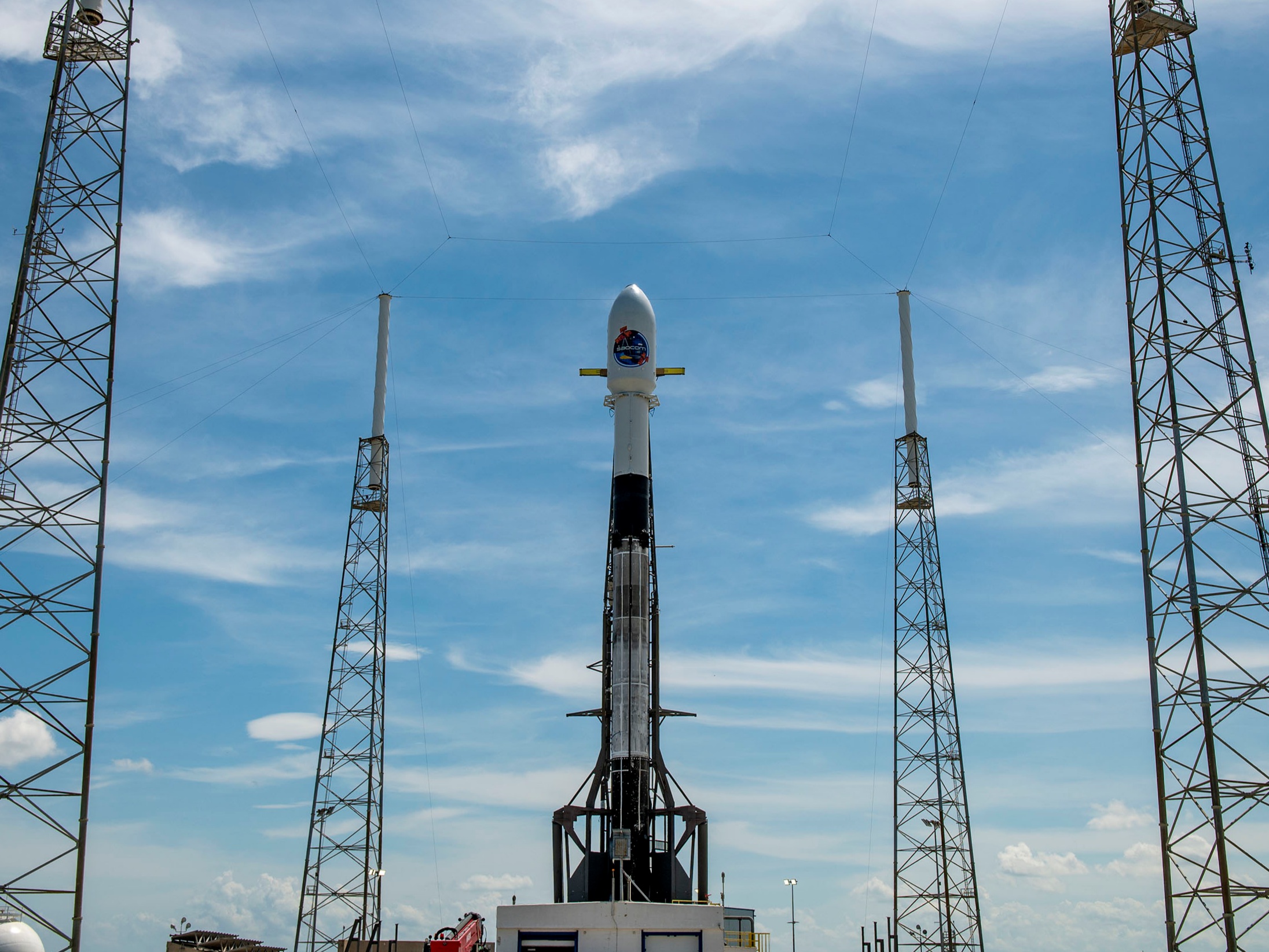
Less than two weeks after missing the chance to fly two Falcon 9 boosters within a few hours of each other, SpaceX hopes to stage a pair of missions late Monday evening and in the opening minutes of Wednesday morning, as the pace of launches by the Hawthorne, Calif.-headquartered launch services provider begins to accelerate.
FOLLOW AmericaSpace’s LIVE Launch Tracker HERE!
Veteran core B1059 will become only the third Falcon 9 first stage to attempt a sixth launch when it rises from Space Launch Complex (SLC)-40 at Cape Canaveral Space Force Station, Fla., at 10:59 p.m. EST Monday, with record-tying, eight-times-flown B1049 chomping at its heels to roar aloft from historic Pad 39A at the Kennedy Space Center (KSC) less than 26 hours later at 12:55 a.m. EST Wednesday.
Both missions are expected to deliver 60-strong “batches” of Starlink internet communications satellites into low-Earth orbit. And if both fly on schedule, they will mark the shortest interval between any two Falcon 9 missions and set yet another “personal best” for SpaceX in 2021 in terms of reusability and turnaround.
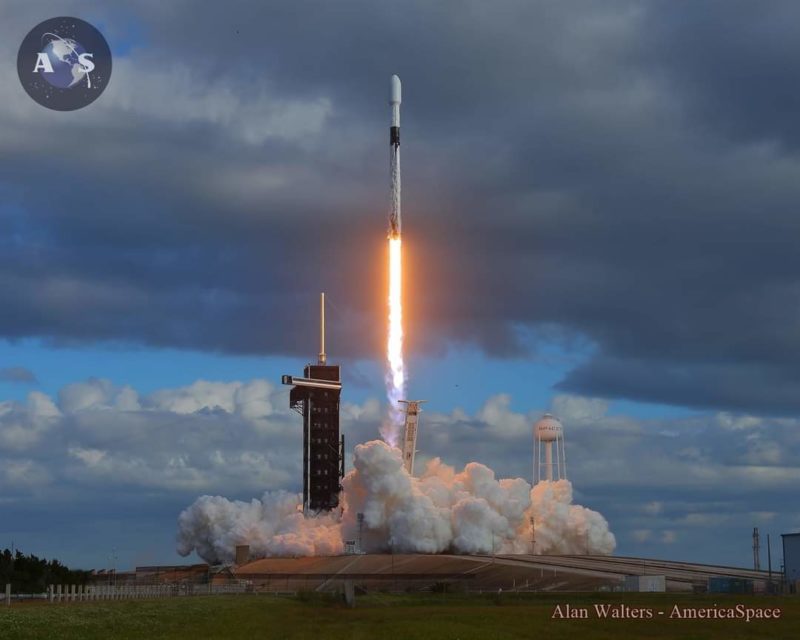
The current empirical record between any two Falcon 9 launches is the 47 hours and 42 minutes, set in early December 2018 between the SSO-A SmallSat Express rideshare mission out of Vandenberg Air Force Base, Calif., and the CRS-16 Dragon cargo flight to the International Space Station (ISS), which originated from Cape Canaveral.
And in terms of launches from the East Coast alone, the Falcon 9’s personal-best achievement presently stands at three days, 13 hours and 28 minutes between the flights of Argentina’s SAOCOM-1B Earth-imaging satellite—which, incidentally, was also flown by B1059—and a Starlink mission late last summer.
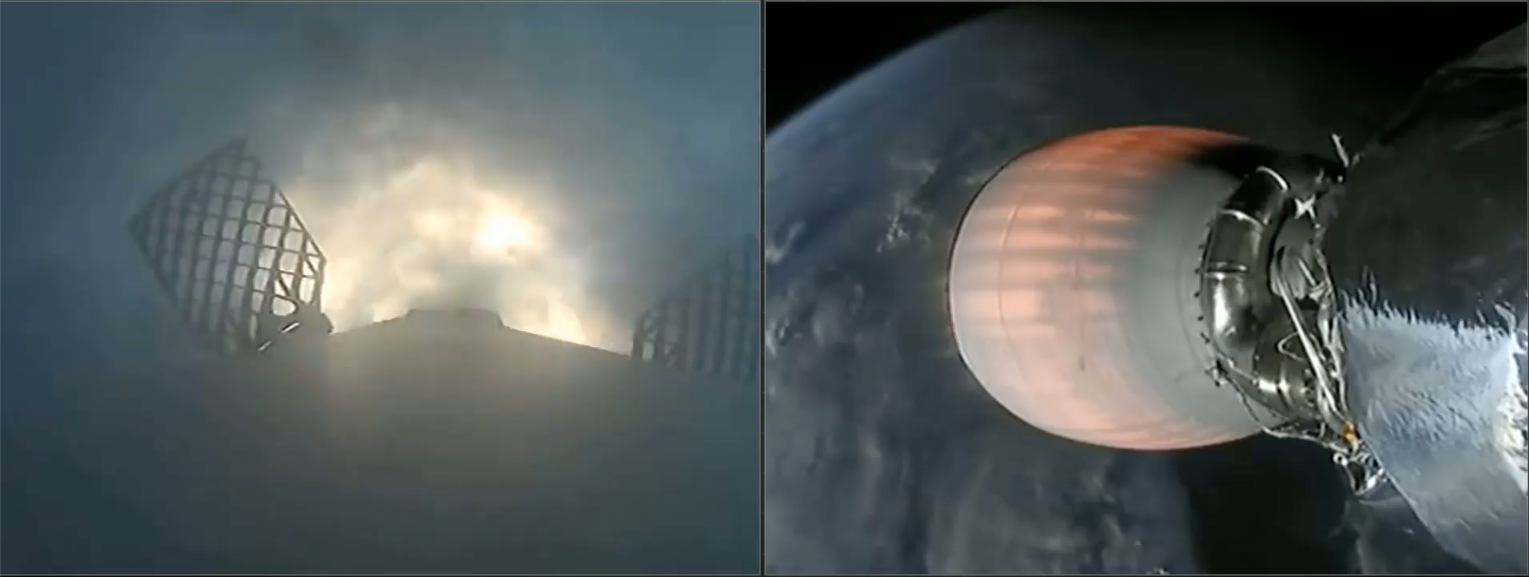
However, efforts to fly back-to-back missions have been attempted several times, but ultimately thwarted either by unacceptable weather conditions or technical troubles. Last summer, hopes of flying two Falcon 9s just nine hours apart came to nothing, thanks to a steadily worsening weather outlook. And earlier this month, the need for “additional pre-launch checks” on the B1049 core forced its flight to be scrubbed and a record-setting interval of only four hours between missions to be correspondingly missed.
With flights of SpaceX’s in-house Starlink constellation of low-orbiting internet communications satellites dominating the manifest, the last several days have proven something of a head-scratcher for confused rocket-watchers. The seasoned B1049 core—having secured records last year as the first Falcon 9 to return successfully from a fifth mission, then became the first in history to log sixth and seventh launches—was initially assigned a placeholder date of no earlier than 27 January.
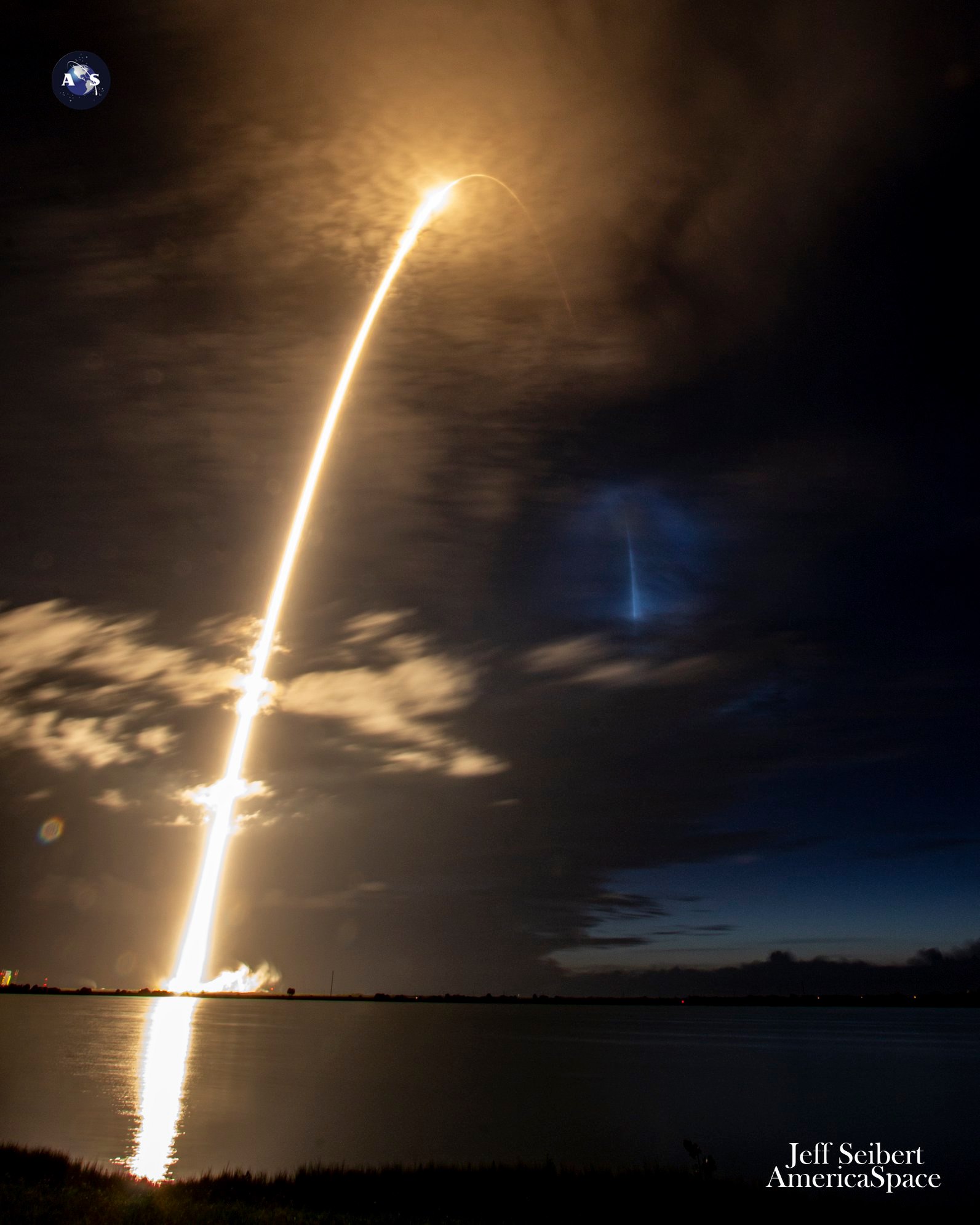
But last month’s exceptionally busy cadence of launches, and the resulting impact upon Autonomous Spaceport Drone Ship (ASDS) operations in the Atlantic Ocean, caused this date to slip inexorably into the first week of February. Poor predicted weather in the oceanic recovery zone and the oft-cited need “to allow time for pre-launch checks” conspired to force additional delays over several days, before eventually settling on 7 February.
Ultimately, that date, too, proved untenable, with SpaceX tweeting that it was postponing B1049’s record-tying eighth mission yet again “for additional inspections before flying one of our fleet-leading boosters”.
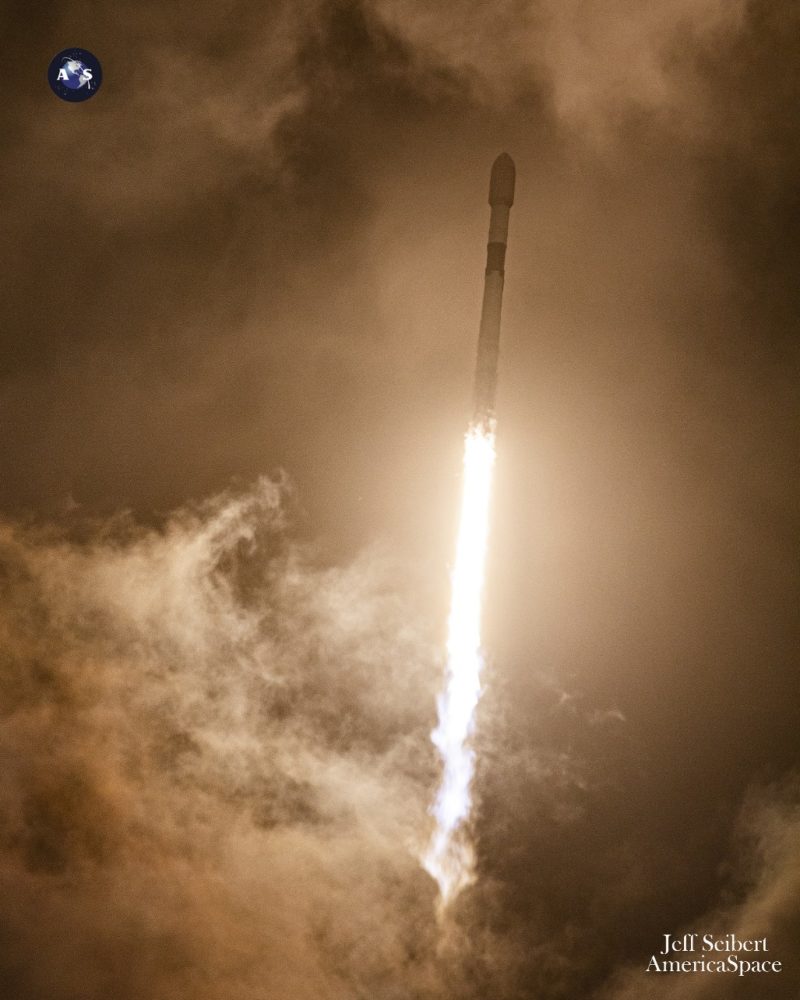
Although unconfirmed by the company, this telling reference to the booster’s flight heritage, coupled with an apparently aborted Static Fire Test of its nine Merlin 1D+ engines in late January, raises questions about a possible technical issue of some kind. More recently, the 45th Weather Squadron at Patrick Space Force Base has issued a forecast for a launch from Pad 39A just after midnight in the opening minutes of Wednesday, 17 February.
And before that, late Monday night, B1059 is set to fly a mission which has itself been beset by several days’ of delay. Following the 7 February scrub of B1049’s launch, SpaceX announced that it was aiming for “the end of next week” to launch B1059 and Notices to Mariners and Airmen (NOTMAR) indicated an opening launch attempt on Friday 12th, with backup opportunities extening through Tuesday 15th.
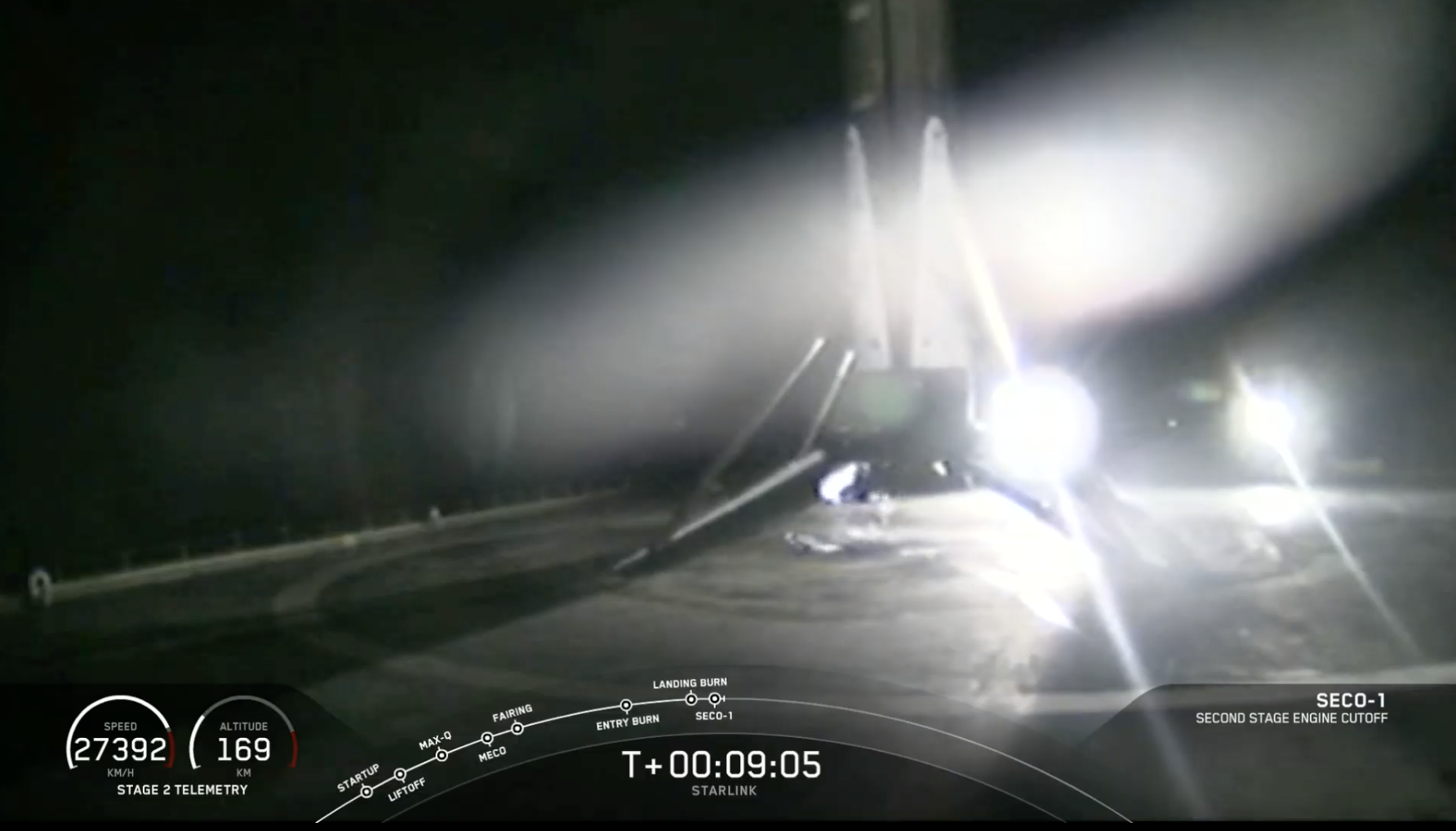
In readiness for the flight, the ASDS “Of Course I Still Love You” left Port Canaveral last week, bound for a projected recovery position about 390 miles (630 km) offshore in the Atlantic Ocean. And last Friday, B1059 was elevated to the vertical on SLC-40 for a Static Fire Test.
Launch was initially pointed at 11:20 p.m. EST Sunday, but “due to unfavorable weather” SpaceX slipped the attempt to 10:59 p.m. EST Monday. This was an unsurprising development, for the outlook late last weekend hovered around 40-percent favorable, a frontal boundary having stalled across North Florida and kept the Cape wet, stormy and unseasonably warm.

By Monday, a low-pressure area in the Gulf of Mexico is expected to pull the frontal boundary to the north of the Spaceport and, although isolated afternoon showers and thunderstorms remain a possibility, the outlook for tonight’s mission is expected to brighten to 60-percent-favorable, increasing to 80 percent on Tuesday night.
Key issues tonight are the potential for breaching the Cumulus Cloud Rule, associated with lingering convection, although a move to Tuesday night is expected to produce only light northwesterly winds and a low cloud deck. And for B1049, sitting a little further downrange on Pad 39A, the wee hours of Wednesday morning are expected to be similarly favorable—“fairly good”, the 45th reported—although a 24-hour slip beyond that is expected to fall foul of another low-pressure system, a tightening pressure gradient and elevated risks of infringing the Liftoff Winds Rule.
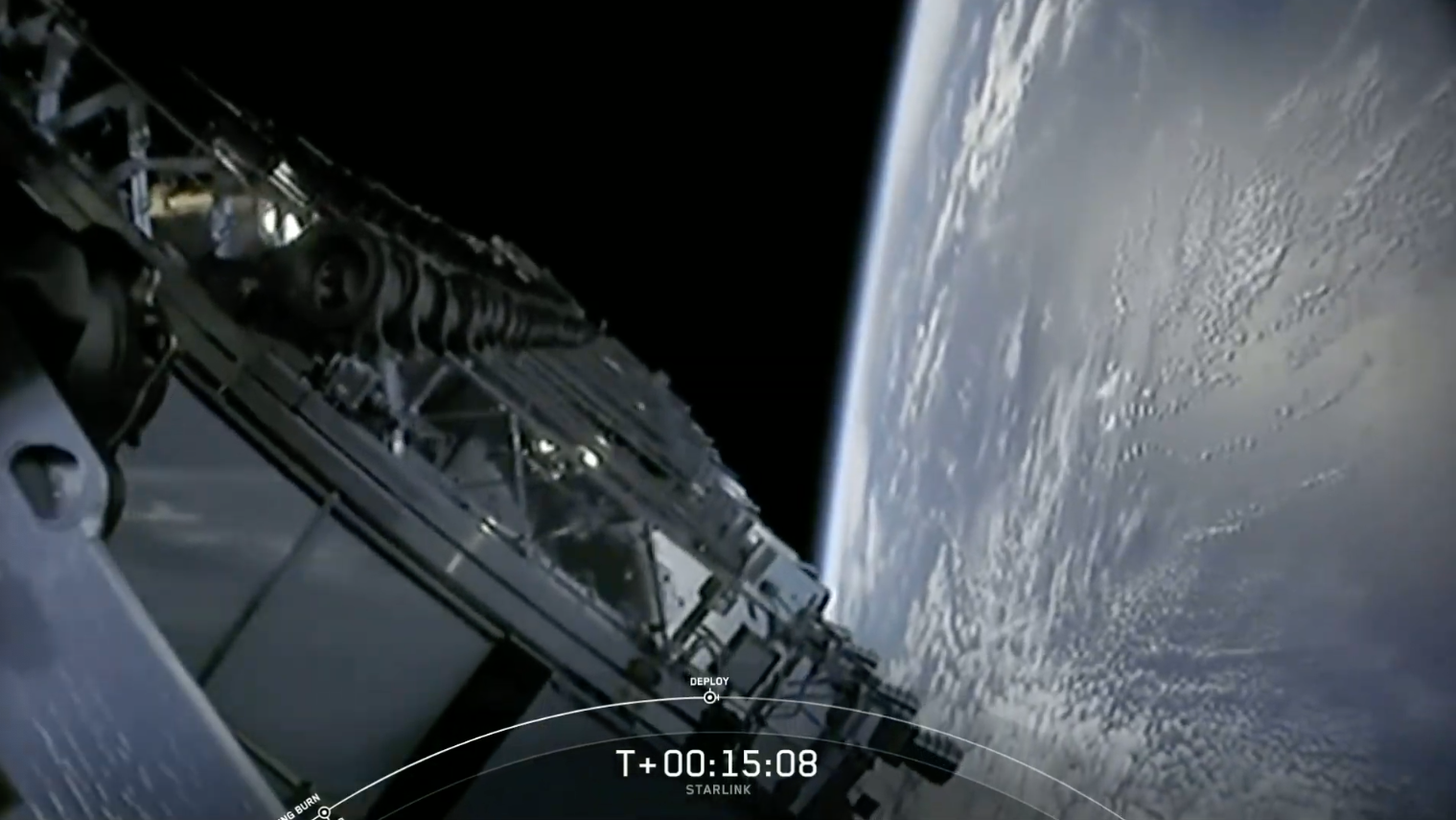
If B1059 tonight and B1049 tomorrow night do manage to “thread the needle” and launch within 26 hours of one another, they will set a new benchmark for the shortest interval between any two Falcon 9 missions, easily smashing last September’s record.
And as SpaceX’s fifth and sixth flights of the year in its first seven weeks, they will position the organization favorably as it aims for an ambitious 48 launches—almost once weekly—throughout 2021. So far, three boosters have logged four missions since January, including the largest discrete number of satellites ever lofted on a single U.S. rocket and the shortest-ever turnaround by a single reusable, orbital-class booster.
FOLLOW AmericaSpace on Facebook and Twitter!
Missions » Commercial Space » Starlink »




